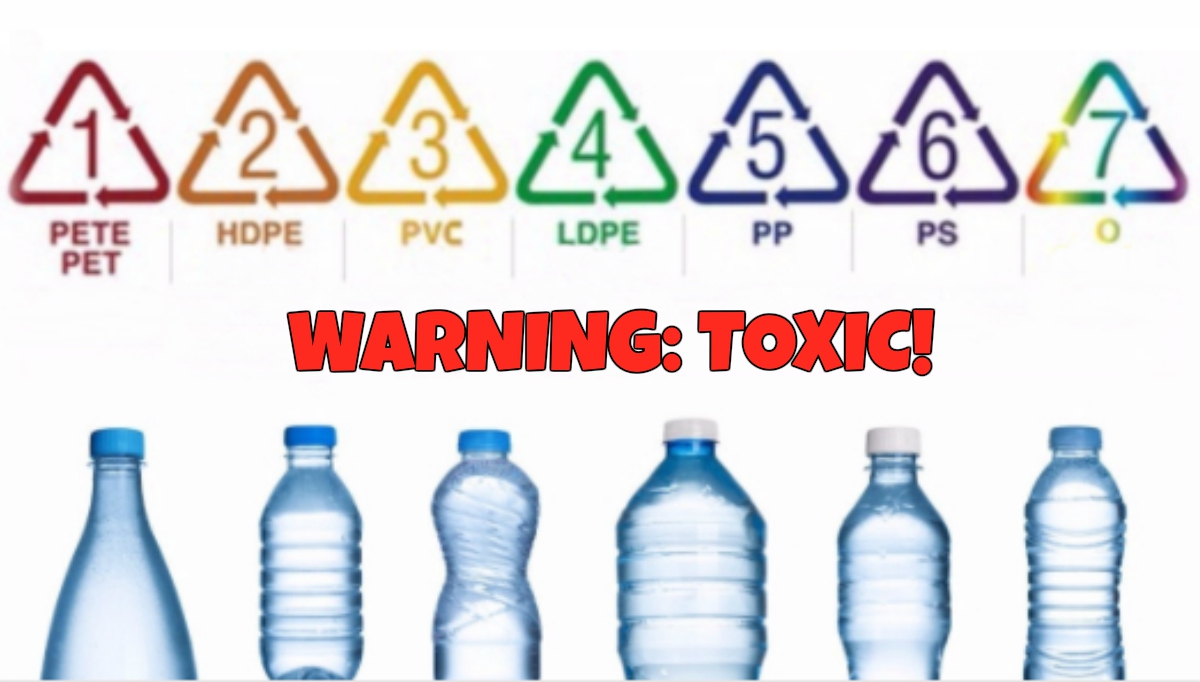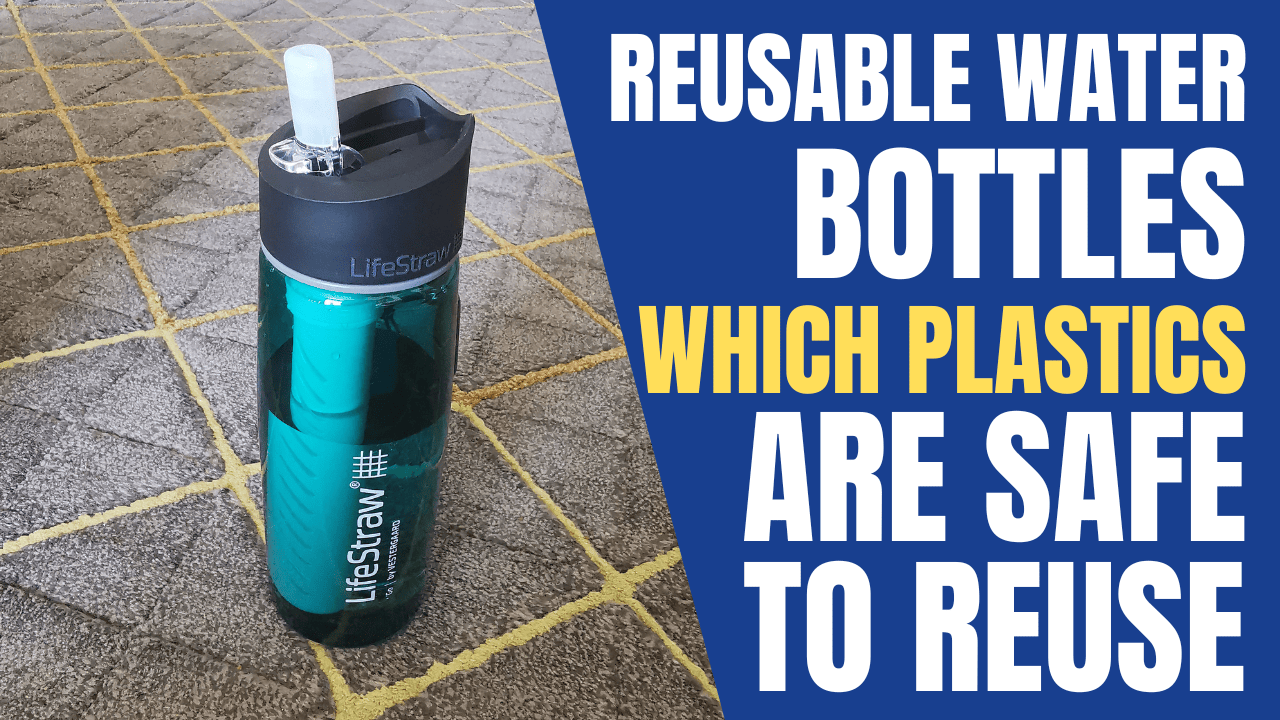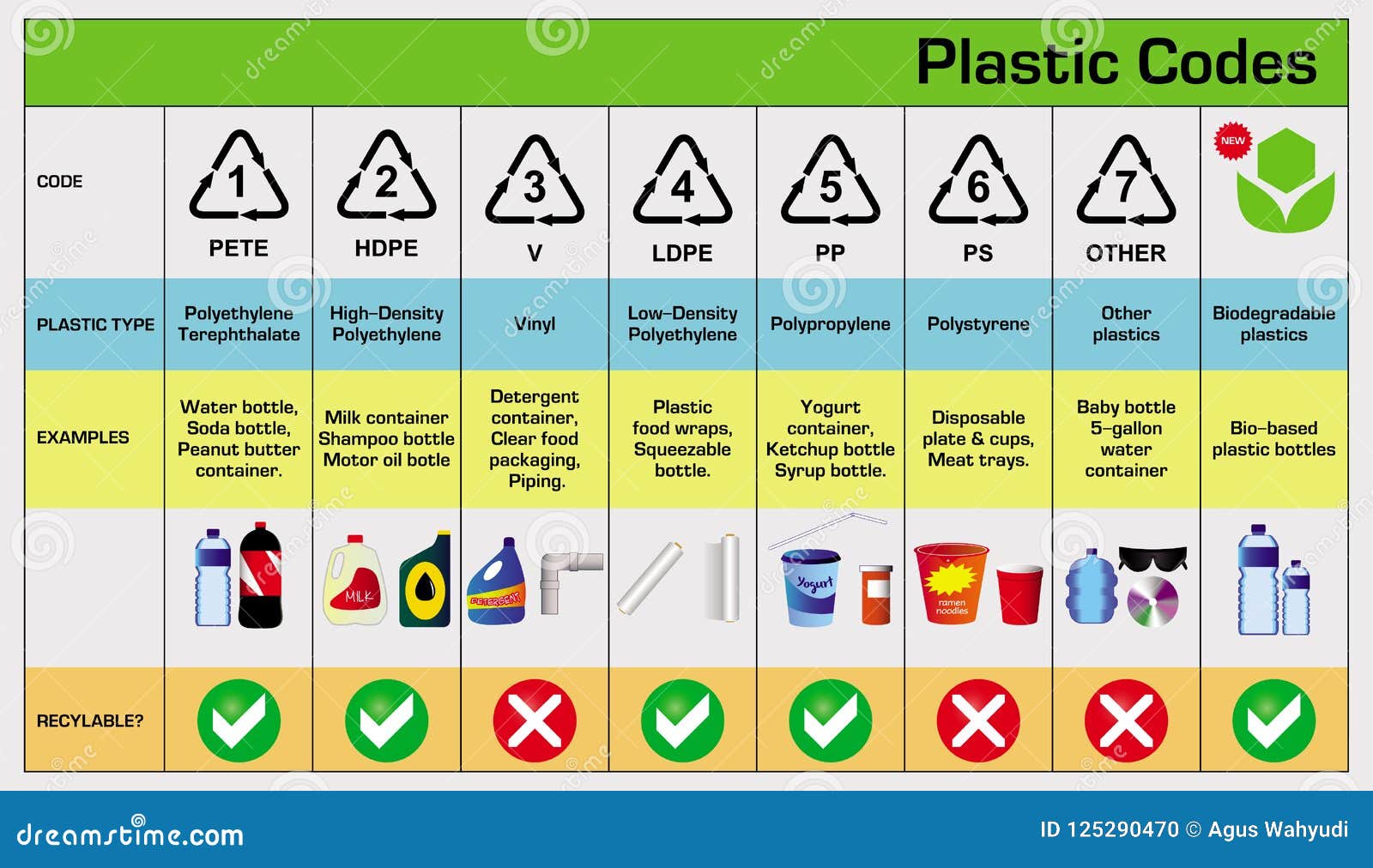Pet 7 bottle safe reuse – In the realm of sustainability, PET #7 bottle safe reuse emerges as a crucial topic, prompting us to delve into the complexities of reusing these ubiquitous plastic containers. This comprehensive guide will explore the safety considerations, best practices, environmental impact, and consumer awareness surrounding PET #7 bottle reuse, empowering you to make informed choices that promote both personal well-being and environmental stewardship.
PET #7 plastic, commonly used in food and beverage containers, possesses unique properties that necessitate careful consideration when considering reuse. Understanding its composition, potential risks, and recommended usage guidelines is essential for ensuring the safe and sustainable utilization of these bottles.
Overview of PET #7 Plastic

PET #7 plastic, also known as polyethylene terephthalate, is a widely used thermoplastic polymer. It is composed of repeating units of ethylene terephthalate and is known for its strength, durability, and clarity.
PET #7 plastic is generally considered safe for food and beverage containers. However, there have been concerns raised about the potential leaching of antimony, a chemical used as a catalyst in the production of PET, into food and beverages.
Safety Concerns
Antimony is a toxic metal that has been linked to a range of health problems, including nausea, vomiting, diarrhea, and skin irritation. Studies have shown that antimony can leach from PET #7 plastic into food and beverages, especially when the plastic is exposed to heat or acidic conditions.
The Food and Drug Administration (FDA) has established a tolerable daily intake (TDI) for antimony of 6 micrograms per kilogram of body weight. However, some studies have suggested that even low levels of antimony exposure may be harmful to health.
Common Uses
PET #7 plastic is commonly used in a wide range of food and beverage containers, including:
- Water bottles
- Soda bottles
- Juice bottles
- Condiment bottles
- Yogurt containers
PET #7 plastic is also used in a variety of other applications, such as:
- Clothing fibers
- Car parts
- Electronics
- Medical devices
Reusing PET #7 Bottles
PET #7 bottles, commonly used for packaging water and other beverages, can be reused for various purposes. However, it’s crucial to understand the potential risks and benefits associated with reusing these bottles.
Reusing PET #7 bottles offers several benefits, including reducing waste, saving money, and promoting sustainability. However, it’s important to note that repeated use can potentially compromise the integrity of the bottle and introduce contaminants.
Potential Risks
- Leaching of Chemicals:Over time, chemicals from the plastic can leach into the contents of the bottle, especially if exposed to heat or harsh cleaning agents.
- Bacterial Growth:Improper cleaning and sanitizing can lead to the growth of bacteria and mold, which can contaminate the contents.
- Structural Weakening:Repeated use and exposure to sunlight can weaken the plastic, making it more susceptible to cracks and leaks.
Best Practices for Cleaning and Sanitizing
To minimize the risks associated with reusing PET #7 bottles, it’s essential to follow proper cleaning and sanitizing practices:
- Thorough Washing:Wash the bottle thoroughly with warm soapy water and a bottle brush to remove any dirt or residue.
- Sanitizing:Sanitize the bottle using a solution of 1 tablespoon of bleach per gallon of water. Soak the bottle for 5 minutes, then rinse thoroughly.
- Drying:Allow the bottle to air dry completely before reuse.
Number of Times a PET #7 Bottle Can Be Reused Safely
The number of times a PET #7 bottle can be reused safely depends on several factors, including the frequency of use, the type of contents stored, and the cleaning and sanitizing practices employed.
As a general guideline, it’s recommended to limit the reuse of PET #7 bottles to 5-10 times. Beyond this point, the potential risks of leaching, bacterial growth, and structural weakening increase significantly.
Alternatives to PET #7 Bottles
While PET #7 plastic is commonly used for food and beverage containers, there are several alternative materials that offer comparable or even superior safety, durability, and environmental benefits.
Glass
Glass is a non-porous, inert material that does not leach chemicals into food or beverages. It is also highly durable and can be reused multiple times. However, glass is heavier and more fragile than PET, making it less suitable for some applications.
Aluminum
Aluminum is a lightweight, durable metal that is resistant to corrosion and oxidation. It is also infinitely recyclable, making it a sustainable choice. However, aluminum cans can be more expensive to produce than PET bottles.
Paperboard
Paperboard is a lightweight, biodegradable material that is made from recycled paper. It is often used for milk and juice cartons. However, paperboard is not as durable as PET and can be susceptible to moisture damage.
Bioplastics
Bioplastics are made from renewable resources, such as plant starch or cellulose. They are biodegradable and can be composted, making them an environmentally friendly alternative to PET. However, bioplastics can be more expensive to produce and may not be as durable as traditional plastics.
Regulations and Guidelines: Pet 7 Bottle Safe Reuse

Ensuring the safe reuse of PET #7 bottles requires a framework of regulations and guidelines. These standards help protect consumers and the environment by ensuring that reused bottles meet safety and quality criteria.
Government agencies and industry organizations play crucial roles in establishing and enforcing these regulations. They collaborate to develop standards for bottle design, manufacturing, and reuse practices.
Role of Government Agencies
- Set safety regulations for reusable PET #7 bottles, including limits on contaminants and leaching of chemicals.
- Enforce regulations through inspections and testing.
- Conduct research to evaluate the safety and effectiveness of reuse practices.
Role of Industry Organizations
- Develop industry standards for reusable PET #7 bottles, such as design specifications and quality control procedures.
- Educate manufacturers and consumers about safe reuse practices.
- Promote the adoption of reusable PET #7 bottles as a sustainable alternative.
Need for Further Research and Regulation
As the reuse of PET #7 bottles becomes more widespread, further research and regulation are necessary to ensure continued safety. This includes:
- Evaluating the long-term effects of repeated reuse on bottle integrity and potential leaching.
- Developing standardized testing methods to assess the safety of reused bottles.
- Establishing clear guidelines for the disposal of used PET #7 bottles to prevent contamination and environmental harm.
Environmental Impact

Reusing PET #7 bottles offers several environmental benefits, contributing to waste reduction and promoting sustainability. By extending the lifespan of these bottles, we conserve resources, reduce energy consumption, and minimize the environmental footprint associated with their disposal.
Compared to other disposal methods such as incineration or landfilling, reusing PET #7 bottles significantly reduces energy consumption. Incinerating plastic bottles releases harmful pollutants into the atmosphere, while landfilling contributes to soil and groundwater contamination. Reusing bottles avoids these negative impacts and conserves valuable landfill space.
Waste Reduction and Sustainability, Pet 7 bottle safe reuse
Reusing PET #7 bottles directly contributes to waste reduction efforts. Instead of discarding them after a single use, reusing these bottles diverts them from landfills and incineration facilities, reducing the overall volume of plastic waste generated. By promoting reuse, we can significantly reduce the environmental burden associated with plastic pollution.
Furthermore, reusing PET #7 bottles promotes a circular economy model, where resources are kept in use for as long as possible. This approach minimizes the need for virgin plastic production, conserving finite resources and reducing the environmental impact of plastic manufacturing.
Consumer Education and Awareness
Educating consumers about the safe reuse of PET #7 bottles is crucial for reducing environmental impact. Accurate information empowers consumers to make informed decisions and adopt sustainable practices.
Role of Media, Manufacturers, and Retailers
- Media:Disseminate accurate information through articles, documentaries, and social media campaigns.
- Manufacturers:Provide clear labeling and instructions on bottle usage and disposal.
- Retailers:Educate consumers at point-of-sale through displays, posters, and staff training.
Consumer Behavior
Consumer behavior significantly influences the environmental impact of PET #7 bottles. By understanding the potential risks and benefits, consumers can reduce waste and promote sustainability.
- Proper Disposal:Ensure bottles are disposed of in designated recycling bins to prevent landfill contamination.
- Reusing Bottles:Reuse bottles for non-beverage purposes, such as storage or watering plants.
- Avoid Single-Use Bottles:Opt for reusable water bottles or containers instead of disposable PET #7 bottles.
Ultimate Conclusion

As we navigate the evolving landscape of sustainability, the safe reuse of PET #7 bottles presents both opportunities and challenges. By embracing best practices, fostering consumer awareness, and supporting research and regulation, we can harness the potential of PET #7 bottle reuse to reduce waste, conserve resources, and promote a more sustainable future.
Remember, every small action contributes to a ripple effect that can transform our relationship with the environment.
Q&A
Is it safe to reuse PET #7 bottles?
Yes, PET #7 bottles can be reused safely if they are properly cleaned and sanitized. Avoid reusing bottles that show signs of damage or wear.
How many times can a PET #7 bottle be reused?
The number of times a PET #7 bottle can be safely reused varies depending on the condition of the bottle and the cleaning methods used. Generally, it is recommended to reuse PET #7 bottles no more than 2-3 times.
What are some alternatives to PET #7 bottles?
Alternatives to PET #7 bottles include glass bottles, stainless steel bottles, and BPA-free plastic bottles. These alternatives offer varying levels of durability, safety, and environmental impact.